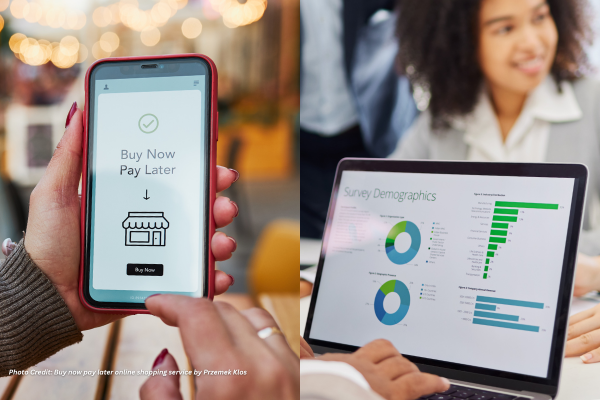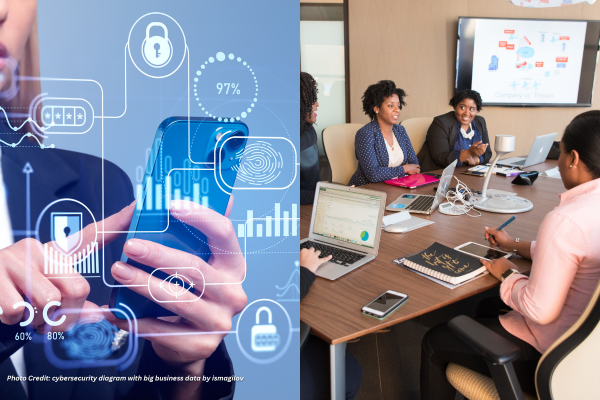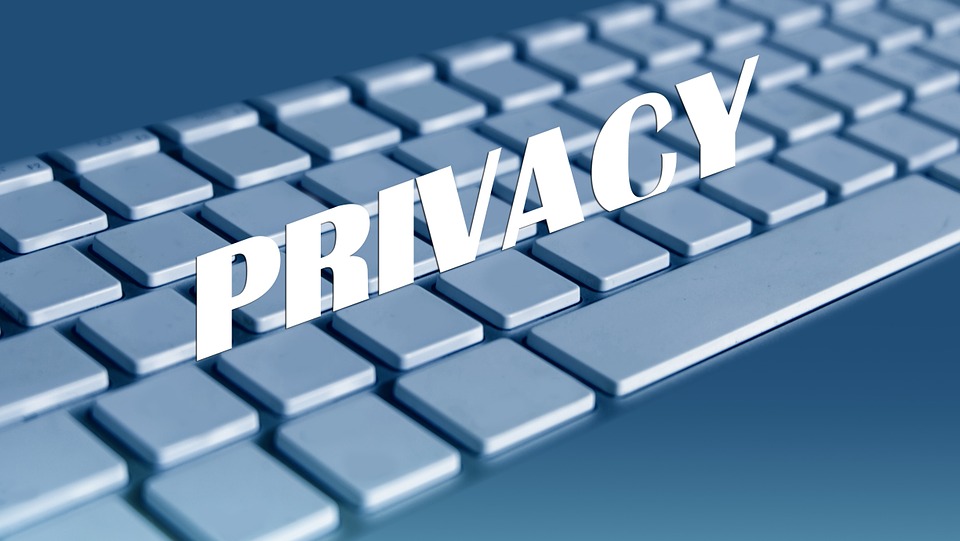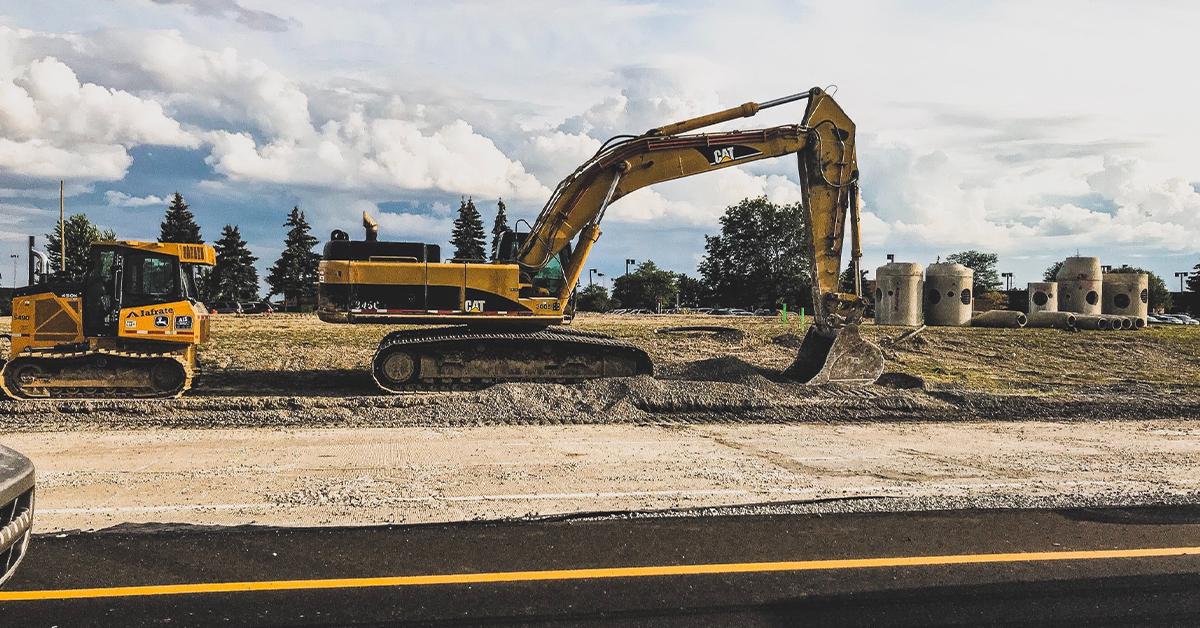2020 is widely viewed as a critical year in the fight to hold warming to at least below 2C. But the world’s governments struggle to act even as we watch Australia burn – a disaster of Biblical proportions yet just one in a string of worsening catastrophes due to climate change.
We watch these disasters unfold while increasingly aware that none of us will escape the impacts of climate change. This includes the corporations and investors of the world.
Indeed, 2019 marked an awakening by the private sector to this fact, and therein lies hope. A growing number of corporations, investor groups, and others are taking action, not only to reduce carbon emissions but to assess risk and build resilience, as well as help to build resilience in the communities they call home.
Recently, my company Benecomms began representing a leader in climate risk analysis, and in December I had the pleasure of attending the joint International Society of Sustainability Professionals / Association of Climate Change Officers (ISSP/ACCO) conference.
The following article is a culmination of what I have learned so far. It includes tangible steps businesses can take to position themselves as leaders in the fight against climate change as well as to ready their assets and people for the impacts to come.
The Business World is Waking up
“Our economy faces two defining challenges. If business in partnership with government cannot adapt the global economy to avoid the worst impacts of climate change and generate inclusive growth that lifts people out of poverty and expands the middle class, the negative consequences will be vast.”
– David Soloman, CEO of Goldman Sachs, writing recently in The Financial Times.
One year ago, California’s Pacific Gas & Electric filed for bankruptcy due to devastating losses from wildfire. It was widely dubbed the first corporate climate casualty, and it won’t be the last. Globally, countries and companies face economic damages of $54 trillion if the world gets 1.5 degrees Celsius warmer between now and 2040, according to the U.N.’s IPCC report.
Capitalism has begun to react in a way that will forever shape the fortunes of companies and markets. Investors are now actively seeking information on climate risk as they make decisions about their portfolios. Just this week BlackRock announced it would take a tougher stance against corporations that aren’t providing full accounting of environmental risks.
According to GreenBiz, about half of European companies are rewarding executives for tackling climate change. Dozens of the world’s central banks are now working on climate change, some will begin stress testing soon. Worldwide, regulators and insurers are beginning to measure how the private sector is preparing for climate change, including direct shocks such as sea-level rise and indirect shocks, such as stranded assets rendered worthless.
Since I began working on this issue I’ve interviewed with and heard from leaders at Walmart, Novartis, Ingersoll Rand, private equity, insurers, credit rating agencies and municipalities around the country, and they all agree on one point: Investment in climate change mitigation and adaptation is now a matter of competitive advantage. If you don’t do it, you’ll be behind your competitors who are doing it. If you don’t do it, you are essentially ignoring, and thus self-insuring, against the greatest threat the world has ever known.
In other words, setting aside the moral obligation we have to care for our planet, if you are a leader of a business or municipality and you are still mired in the debate of whether climate change is real (or you are avoiding the subject due to the perceived politics of it) you are poised to be left in the dust. Your competitors are actively working and planning around the issue. And, in fact…
You May Already Be Working on Climate Change, You Just Don’t Know it
I recently helped a safety and rescue client write an article on best practices in natural disaster rescue. While their focus was not on climate—it is on saving lives—what is so interesting is that they are truly on the front lines of climate change. It is these men and women who are first to the scene. And as extreme weather events become more frequent and deadly, it is they who see the dead bodies first and grapple with the devastation, often with their bare hands.
This is a stark example of the impact of climate change on certain careers. However, the more conversations I have on this issue, the more I realize how wide the net is already cast.
During a recent interview with a coffee company executive, I asked how much time she spends today on issues related to climate change. She answered “10-15%.” This stunned me. Her statement moves climate change squarely from the theoretical or moral to business reality.
Time is money, and her time spent on an issue for which there is little to no precedent or training represents money out the door for her employer. A supply chain professional, she is grappling with the fact that the warming climate is making coffee harder to grow and source. When she cannot source product, impacts ripple to her colleagues in marketing, finance, legal, and throughout the business.
This got me thinking…how many of us are already working on climate change issues?
Take Walmart, for example. Its lawyers have been adjusting contract terms to support farmers facing more uncertainty than ever due to extreme weather. Its supply chain professionals are actively looking for alternatives to source many products, and the company’s logistics and operations have been adjusting certain transportation routes due to sea rise and severe weather. Across an organization the size of Walmart, how many millions of collective hours of work does climate change already demand?
Tips and Steps for Business Leaders to Take in 2020
How might climate change be impacting your organization, your clients or your customers, and how will it impact your business in years to come? If you haven’t yet thought about these questions much, perhaps 2020 is the year that you should.
Here are some tangible ideas to help seed action in your company:
1. First and foremost, for business, this is an exercise in change management.
During the ISSP/ACCO sessions I attended — on the science of climate change, data and measurement, impacts on industries and more — a common thread ran throughout: work on this issue doesn’t necessarily require a background in environmental science or sustainability. Affecting response to climate change in an organization has more to do with the core skills of communications and change management than, perhaps, anything else.
This is good news. It means that businesses can draw on existing expertise from within as well as from examples of change management precedents from the recent past (see point #2).
Many leaders, especially in large organizations, are already aware that climate change is impacting their bottom line or will do soon, and that shocks will intensify as time goes on. What most (if not all) of them lack is a cohesive response: a way to measure risks associated with climate change, communicate these risks internally, and mobilize in an organized, strategic way.
A good first step is for business leaders to take stock of who in their organization is already (or may very soon be) working on climate change-related challenges. Risk and insurance professionals, supply chain, operations, and those working in the area of real estate tend to be on the front lines. Getting these professionals training, data and resources will ensure their future sage decision-making. Further, developing a centralized command of professionals to bring about change across many departments is another important step.
2. Cybersecurity: A proxy from which to borrow?
Cybersecurity and climate change are the two most important critical infrastructure issues that credit rating agencies now take into consideration when issuing ratings for municipalities, according to advice that a Maryland-based municipal leader received while putting together a recent application. This was one of many eye-opening remarks made during one ISSP/ACCO conference panel featuring a speaker from Moody’s.
In other words, credit rating agencies are now looking for proof that municipalities have infrastructure and plans in place to tackle climate change shocks. Presumably, in the not so distant future, municipalities who don’t may be penalized with lower credit ratings, making borrowing for roads, schools and critical infrastructure more difficult and costly (thus, making preparation for climate change all the more difficult. Side note to municipalities: don’t wait).
As I listened to this panel, the reference to cybersecurity caught my interest. A longtime marketer, I remember the days before cybersecurity was a thing. A bit like climate change is today, the topic of cybersecurity, if addressed at all by a company, was relegated to lowly or isolated IT professionals with few resources to affect change.
Until it wasn’t. Until the massive data-breaches began. Until billions of dollars of lawsuits were filed and C-Suite, corporate directors and officers became liable for their inaction.
Like climate change eventually will, today cybersecurity impacts virtually all professions and roles within all organizations. Cybersecurity has become a cornerstone strategic concern for companies in industries from healthcare to education. Of course, there are dramatic differences between the two issues. However, the point is that previous change management exercises might prove valuable in the preparation for corporate-wide impacts from climate change.
3. If you don’t already have a Chief Climate Change or Chief Sustainability Officer, you should recruit one, or train from within.
Developing a centralized command of professionals to affect change across many departments is an important step toward climate change readiness. There are now several organizations that train and credential such professionals.
For many years, ACCO has offered online training courses to help credential and prepare business executives for climate change-related issues. In addition, ISSP offers webinars as well as credentialing exams. The courses are accessible, affordable and include access to bootcamps where participants can share ideas and information. Finally, many industry specific organizations are announcing sustainability and climate risk training courses; this week, for example, the Global Association of Risk Professionals announced the launch of its certificate on sustainability and climate risk.
This year ACCO has seen a significant uptick in interest in their online courses, according to Daniel Kreeger, Executive Director of ACCO, a testament to the fact that businesses are increasingly seeing this topic as worthy of their time, attention, and investment.
4. Knowledge is power: Data on climate risk is becoming more accessible.
A small but increasing number of companies are working in the area of climate risk analytics, providing data to businesses to help assess and understand their risk.
The Climate Service, for example, puts a dollar value on climate change risk for clients ranging from consumer products companies to investment groups. Among other things, presenting risk data in this way helps the information to be understood and communicated more readily between departments, thus enabling internal efforts to build momentum for resilience efforts and more.
5. Engage your community.
When talking with James Goudreau, Head of Climate for Novartis, I didn’t expect community relations to feature prominently in our conversation, but it did. Novartis has been working with its home community of Cambridge, MA to develop data and resilience programs. The concept is simple: physical adaptation measures – to the company’s buildings and infrastructure – only go so far. If raw materials cannot reach the company, if power is out or people cannot get to work, business will be disrupted. Thus, as businesses prepare, so must they help their communities prepare.
Even before severe weather impacts communities, as noted previously, municipalities’ lack of preparedness may now impact their credit ratings and ability to borrow money for critical infrastructure; companies, of course, also rely upon this infrastructure and thus are impacted by downgrades. Further, research suggests that when a downgrade occurs, companies who are similarly situated may also see ratings changes, even if there is no fundamental change in their creditworthiness.
There are many ways the municipalities are preparing for climate change, from conducting comprehensive audits and developing resiliency hubs to issuing green bonds. In addition, organizations such as Americorps and the America Climate Leadership Council provide grants as well as staff to support municipalities in this area. Several years ago, ACCO founded the first Climate Leadership Academy in Maryland. So far Maryland has sent approximately 25 state employees through the program. Public/private partnerships between companies and their communities can go a long way toward helping communities adequately prepare for the changes to come.
Don’t Let Perfect Be The Enemy of the Good
The issue of climate change is overwhelming to say the least. Its infinite complexities make outcomes difficult to predict, and there are dozens of measurement frameworks to choose from. Given all this, here’s one important takeaway from the ISSP/ACCO event: don’t let perfect be the enemy of the good. Begin recruiting and training initiatives, pick a measurement framework and run with it; change may happen incrementally, but it will happen.
Another important takeaway from the conference was the knowledge that many individuals and businesses are doing important work that is moving the needle. Change is possible, and the ability to affect change exists in every one of us. Here’s a quote from the event that I found particularly poignant:
“You are a trusted voice in your circle, you can advocate for change. Always remember that action rests in each one of us. Step up to the plate. For if we don’t, who will?”
Amen.
This article originally appeared on the author’s LinkedIn page.


























































